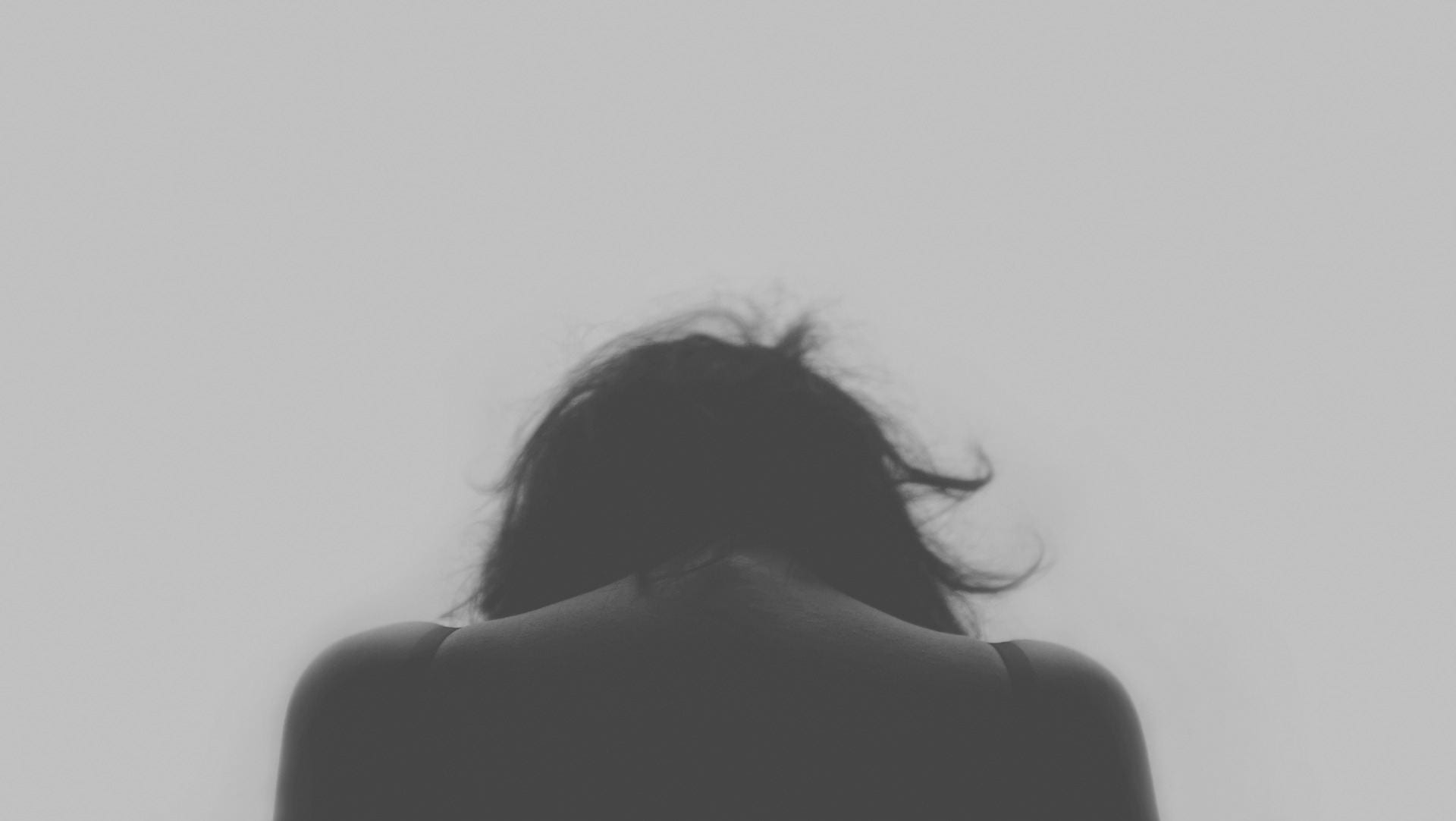As you read the headline, what mental images came to mind? Did you picture a Pinterest-worthy scene of rainbow-hued pencils sprawled out on a desk? Did you begin to cringe because someone took a bite out of the center of a taco, instead of starting from the ends? Did you imagine that I keep a jar of Lysol wipes stashed by my desk at work? These are typically scenes that come to mind due to the common misconceptions of obsessive-compulsive disorder (OCD).
The National Institute of Mental Health defines obsessive-compulsive disorder as “a common, chronic and long-lasting disorder in which a person has uncontrollable, reoccurring thoughts (obsessions) and behaviors (compulsions) that he or she feels the urge to repeat over and over.” Whereas the Merriam-Webster dictionary defines aesthetic as “appreciative of, responsive to, or zealous about the beautiful.” I hear the phrase “I have OCD” used way too often in the wrong context, especially by people who have had very little experience with OCD.
The most memorable moment of admitting that I have OCD started when someone noticed how red my hands were and said, “Wow, you’ve gotten a lot of sun!” I looked at her in confusion and stared at my hands with a new perspective. They were exceptionally red, even more so than usual with my pale skin tone. I said, “Oh, yeah, I have OCD, it’s just from washing my hands a lot.” She proceeded to agree about the necessities of good hygiene and wanting to deep clean more frequently. That assumption is essentially converse to my OCD and has everything to do with the generalization and stereotypes of OCD.
“My OCD” as I not-so-affectionately call it, started when I was young. As I learned about the tragedies of history, I would lie awake at night, with the scenarios obsessively haunting me. At the time, people just said that I was empathetic and cared too much. There was no way to avoid learning the truths of history, so I pressed on. It wasn’t enough to realize that I had OCD, because it was only the obsession part. The compulsions came in later, sometime around January 2016. I got liquid laundry detergent in my eye and rushed to the emergency room after vigorously washing my eyes out in the shower. That semester, I also started my first major-related classes that required drawing and painting. My love affair with hand-washing began, as I went through small bottles of hand-wash in a week. The triggers started expanding to everyday objects, besides just paint and laundry detergent. I stopped wearing makeup, avoided wooden objects like the plague, and leaned more heavily on my boyfriend to help out with household chores. I couldn’t do my own laundry, do the dishes, or use any strong cleaning solution without having an earth-shattering panic attack. I began to “check” my surroundings. My whole world didn’t feel safe anymore, and I needed to confirm that I didn’t interact with things that were deemed “harmful.”
OCD is not just keeping things pristine, orderly or color-coordinated. It’s not glamorous in the slightest. So the next time you colloquially say you have OCD because you decided to organize your closet by the ROYGBIV color gradient, remember that you’re trying to achieve an aesthetic.


